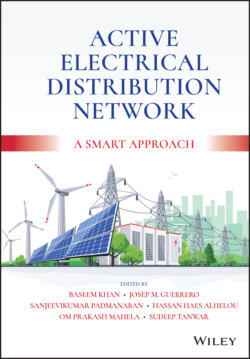Читать книгу Active Electrical Distribution Network - Группа авторов - Страница 20
1.3.3 Public–Private Partnership (PPP) Model
ОглавлениеBy leaving the distribution business totally in the hands of private players, government lost its control on the distribution sector and was not able to interfere when some norms or guidelines were being violated by the private companies. As a result, different governments kept some share in the distribution utility instead of giving the entire stake to the private player. This initiative led to the development of the concept of a Public–Private Partnership (PPP) model in the power distribution business. The PPP model encompasses various functions and obligations related to electricity supply in a licensed area. In the case of the PPP model, competitive bidding is the criteria used to select the concessionaire. Selected players would be responsible for operation, management, and maintenance related works. Apart from these tasks, the electricity supply, loss reduction, and looking after the interest of the consumers by maintaining quality of supply are also taken care by the concessionaire [8]. The ownership of the assets is not given to the concessionaire, rather the exclusive use of the distribution assets is allowed. Concession agreement and the applicable laws regulate the use of distribution assets.
The relative concerns with this model are:
Tariff will be fixed separately for the PPP project area; this will bring multiple tariffs in the same state.
May face political resistant as privatization is not welcome in public services.
The PPP model needs attention for structuring, as it is complex in nature, so more conscious efforts are required from the government.
The tariff may be different for urban and rural areas, so for uniform tariffs the government needs to provide subsidies.
